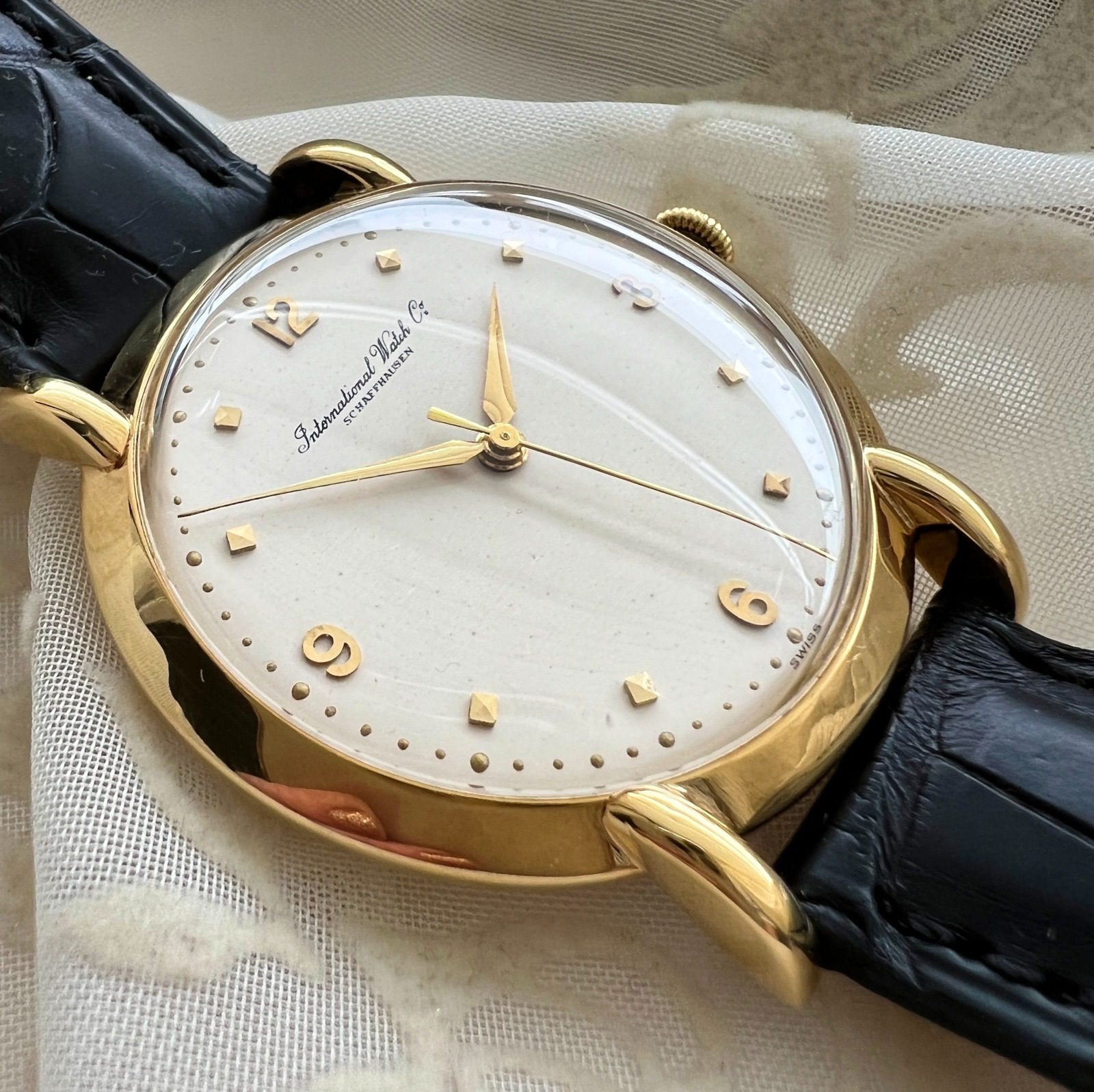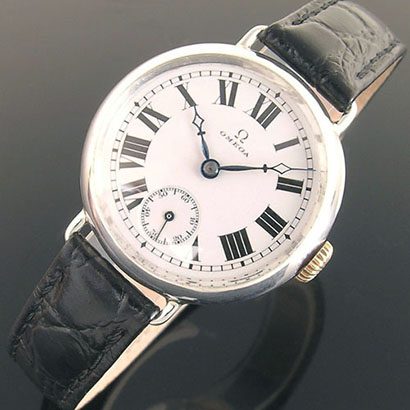A VINTAGE WATCH
BUYERS GUIDE #2
What to buy?
With a history stretching back well over a hundred years and so many different types of wristwatches to choose from, and various complications and uses, the simple question of what to buy and where to start can be bewildering. Many people begin with a brand and model in mind, it may be a watch they’ve always promised themselves, or someone close to them wears or recommends. The journey then commences, looking at watches advertised online and picking out a few favourites before reading more about them. Learning about watches is part of the fun and a voyage of discovery which can be fascinating in itself. In many ways, it’s as enjoyable as buying and owning the watch. Of course, depending on your inclination, it’s perfectly fine to spend as little or as much time as you wish over this, but we encourage the latter, as the time invested will be well rewarded. The old adage, the more you learn about something, the more you learn there is to learn, is certainly true about vintage watches. This guide aims to simply cover the bases, as we don’t wish to overwhelm you with information in the beginning.

In simple terms...
There are two types of watches, sports and dress watches. Sports watches tend to be much larger and more robust, the dive watch being the archetype example. These tend to be made of steel rather than precious metal and more often include additional features such as a rotating bezel, GMT function, or chronograph. Prior to around 1950, there were relatively few sports watches as the robustness and reliability was not available, and so the market was dominated by the dress watch.
However, alongside the arrival of the sports watch we also see the sports dress watch evolving. Notably the Omega Seamaster and Constellation, Longines Flagship, and the 1950s Rolex Oyster Perpetual, Datejust, and Day-Date.
The 1950s saw the greatest pace of change in watchmaking. Reliability and accuracy improved dramatically along with shock-proof and antimagnetic movements and waterproof watch cases. Omega for example, along with IWC, produced some of the very best watch movements ever made under volume production. Take a look at any Omega or IWC movement from the late 1950s until the end of the 1960s and every one is a gem. This really was the golden age of watchmaking in many ways. The cumulative R&D and sheer effort and investment borne from fierce competition has never really been surpassed. Unfortunately, this all started to tail off towards the end of the 1960’s, when investment was diverted towards quartz watch movement R&. So a 1950s or 1960s watch from one of the top Swiss manufacturers is a wonderful place to start.

To close
Next week – Omega. Far far better than you might think!




